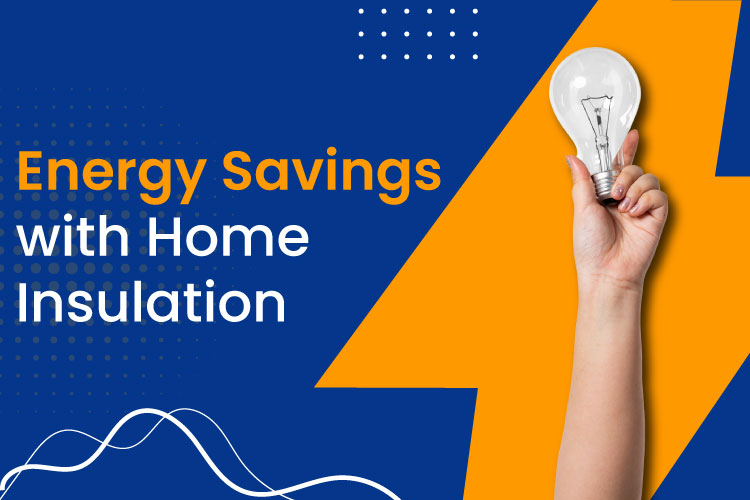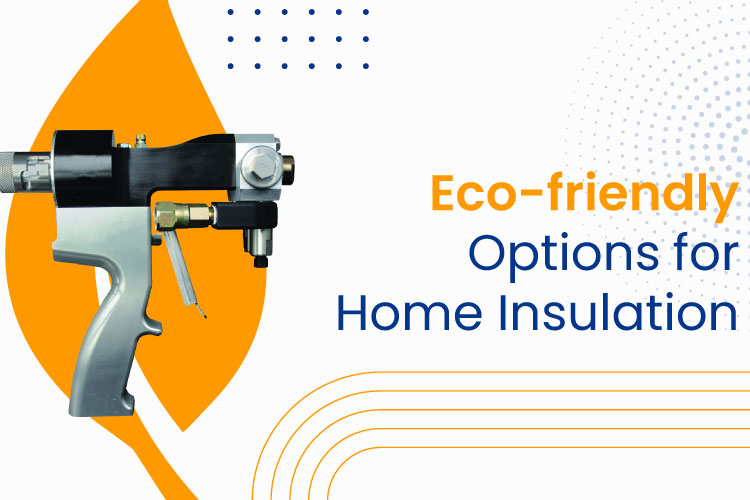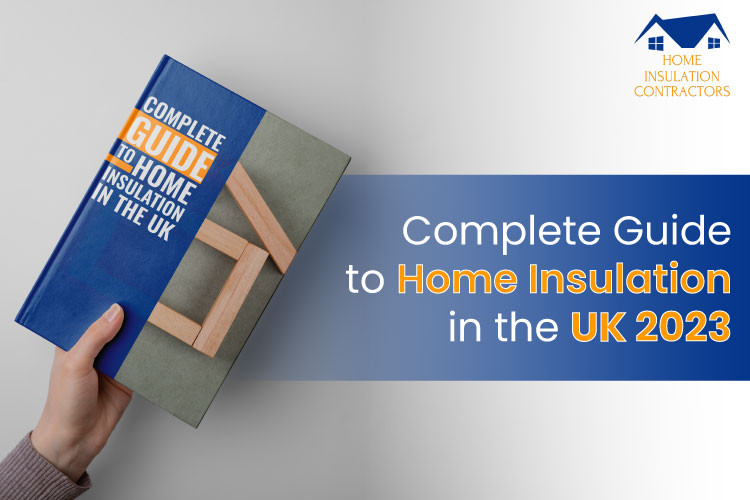Many individuals in the UK believe it is unrealistic to spend so much money on insulation at a time when many are suffering merely to afford their energy bills.
Spray foam is a fantastic option for home insulation if you have the right budget. It is the most cost-effective insulation option because of its excellent thermal qualities, which make it far more effective than fibreglass. It will also endure at least 80–100 years.
But how much insulation will cost you will depend on the features of your home, the insulation you already have, and your entire budget.
This article will provide a brief overview of energy savings, eco-friendly options for home insulation and current UK Grant Schemes.
Home Insulation Grants in the UK rely entirely on two major factors: whether the homeowner is entitled to receive an insulation grant from the government and if the property is befitted to get insulation installed.
Next important point is, one ought to possess the ownership of a property or even lease it from a private proprietor. And Insulation Grants are undeniably obtainable to all those residents deriving annual tax credits and wages-related benefits.
Anyone receiving a qualified income benefits or tax credit is typically not obligated to pay for cavity wall and loft insulation. If the property lacks a mains gas supply, insulation for the roof and interior walls is also free for those receiving benefits.
Based on income or benefits, grants of up to 25% can be requested towards the installation of external wall insulation.
Along with being privately owned or rented, inhabited at the time of the survey, and having a gas or electricity bill in the occupier’s name, the property must also meet such requirements.
Learn more about home insulation schemes and grants as well as home insulation services by distinct contractors in the UK in 2024 at our website Home Insulation Contractors.
Energy Savings with Home Insulation
Adding insulation or draught-proofing can lessen heat loss, as lowering heat loss is paramount if you want to lower your carbon pollution and keep your energy costs low. Your home can be insulated in a variety of quick and easy ways that can considerably minimise heat loss while cutting your energy bills.

Loft and Roof Insulation
Because heat rises, a lot of energy can be wasted in an un-insulated attic space. It should be easy, inexpensive, and cost-effective to install insulation if your property has a tiled roof and a flat ceiling below, abandoning you with an unoccupied loft.
- Avoid the common error of ignoring to insulate the loft hatch.
- Never obstruct the eaves; in most circumstances, they must remain unobstructed to permit enough ventilation and prevent condensation.
- Cold water containers may need to be insulated in order to avoid freezing because the loft void will migrate outside of the house’s thermal envelope.
- It takes a lot of insulation to perform a little more work, whereas slight insulation makes a significant difference.
- If you already have, for instance, 150mm of mineral wool, adding further loft insulation might not be worth it at all.
- You could wish to take into account alternative products, like blown cellulose or spray foam if the area is challenging to obtain, or alternatives like sheep’s wool for its inherent sustainability.
Insulation of Ground Floors
It can be difficult or perhaps impossible to insulate solid ground floors with common insulation types. Digging them out and installing thermal protection below them is typically not cost-effective, but placing insulation atop will elevate the floor level and probably cause problems at doorways and stairwells.
It is possible to insulate suspended timber ground floors from underneath if there is enough room and access. Alternatively, the flooring can be raised, and insulation can be added afterwards, from above, between the joists to make it more effective.
Draught-Proofing and Window Improvements
You might be astonished to learn that gaps surrounding window frames frequently lose more energy than the glass itself. In most cases, it is possible to repair and keep the existing frames, insert deeper casements with double-glazed panels, and install new draught-proofing seals.
Eco-friendly Options for Home Insulation

There are many insulation options that are eco-friendly in nature as well as highly efficient such as
Sheep wool Insulation
The most environmentally friendly material is likely sheep’s wool. Since sheep can be shaved at least once a year, it is entirely renewable too. This material can be cleaned, recycled, and used for other purposes too being eco-friendly in nature. Wool has the added benefit of being able to absorb and release dampness without sacrificing its heat properties.
Cork Insulation
One of the greenest building materials is cork, which is entirely natural. Only the exterior bark of oak trees is used to make cork, which is recyclable. The material is regarded as the most environmentally beneficial since once it is finished, it will have a low carbon imprint. In addition to providing insulation for the home, cork can shield it from moisture and mould growth. It won’t ever have to be changed and is also incredibly sturdy. The cost of this insulation material is by far its biggest drawback and is often difficult to obtain.
Polystyrene Insulation
The polystyrene itself is quite heat resistant, and there are numerous tiny air gaps inside. These features contribute to this insulator’s exceptional R-rating. Considering that it does not irritate the skin, polystyrene is relatively simple to handle. Professional installers favour it because it is almost odourless and has these qualities. Despite being environmentally beneficial, this substance frequently ends up in landfills since it cannot be decomposed by biological processes. Injurious pollutants may also be released throughout its manufacturing process.
Icynene Foam Insulation
The substance expands by 100X its volume when poured on a substrate. Icynene has the added benefit of not consisting of any harmful substances or blowing agents, making it an entirely environmentally friendly sort. With a high U-value, this substance is sometimes contrasted with fibreglass.
But the most essential point to be mindful of is that timbers won’t decay because the Icynene spray foam insulation is permeable and porous in nature. With Icynene installation, moisture and the growth of mould can also be averted. Home Insulation Contractors offers loft insulation, cavity wall insulation, roof insulation and many other house insulation services at an affordable cost in the UK.
Hence, It is hard to determine with what level of accuracy how much energy will be saved by a certain insulation approach without conducting a thorough study of the property. This is due to the significant range in shape, construction, location, condition, and amenities among residences.
Don’t enhance the insulation level before taking care of the essential maintenance. When compared to a damp wall, which quickly leaks energy, a well-maintained building performs more efficiently, thus it’s crucial to check that your property is completely dry and devoid of flaws.
Conclusion
By 2024, there will be a number of incentives and programmes that can assist you in paying for insulation and other energy-saving modifications to your home in the UK. Two of the most popular alternatives are the Green Homes Grant and the ECO programme, but there are numerous other grants obtainable based on your circumstances and the sort of property you live in. By exploiting these grants, you can improve the comfort and energy efficiency of your house while also making long-term savings on your energy costs. You can consult the skilled and pro installers of Home Insulation Contractors for other home insulation options.


